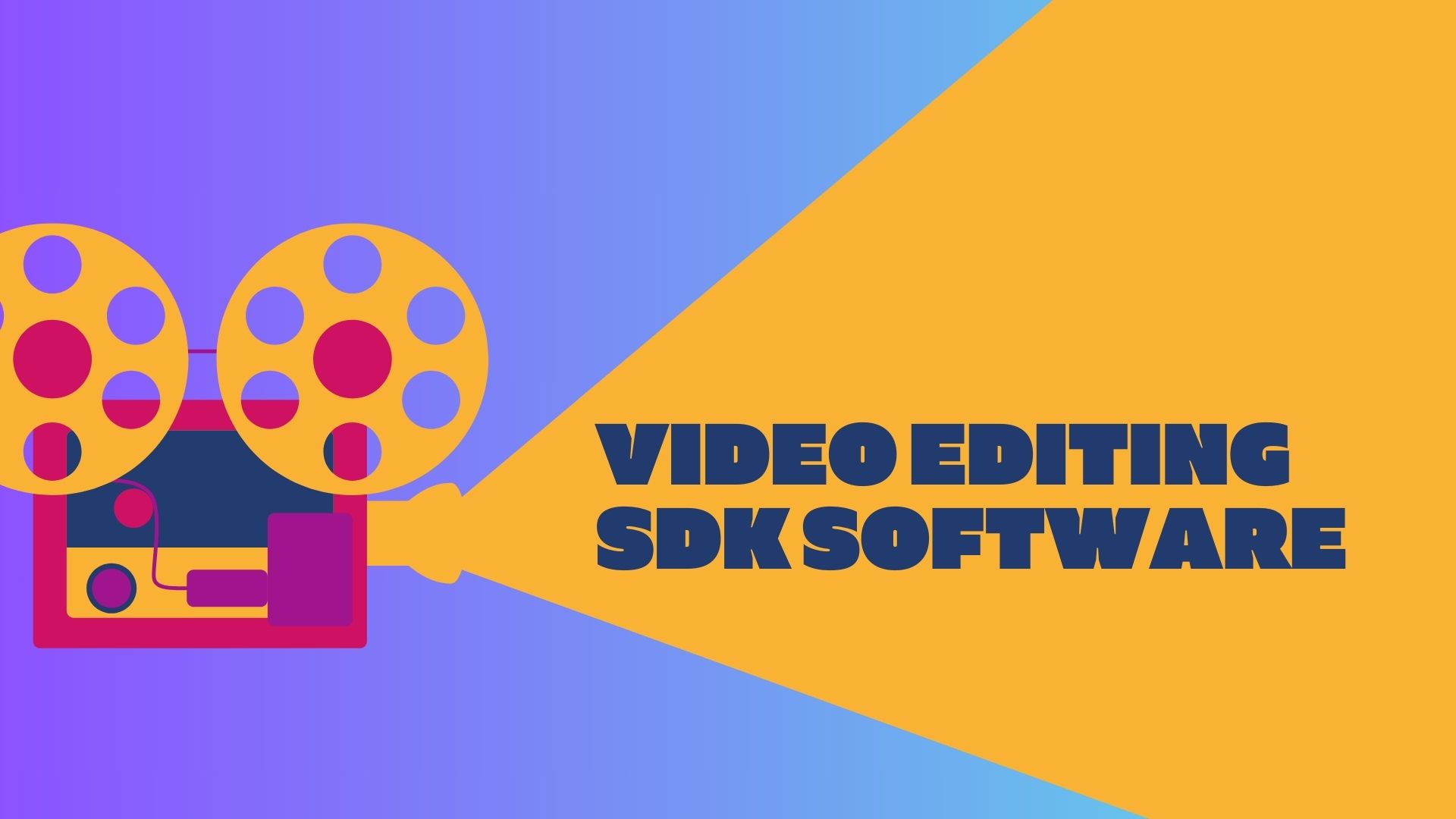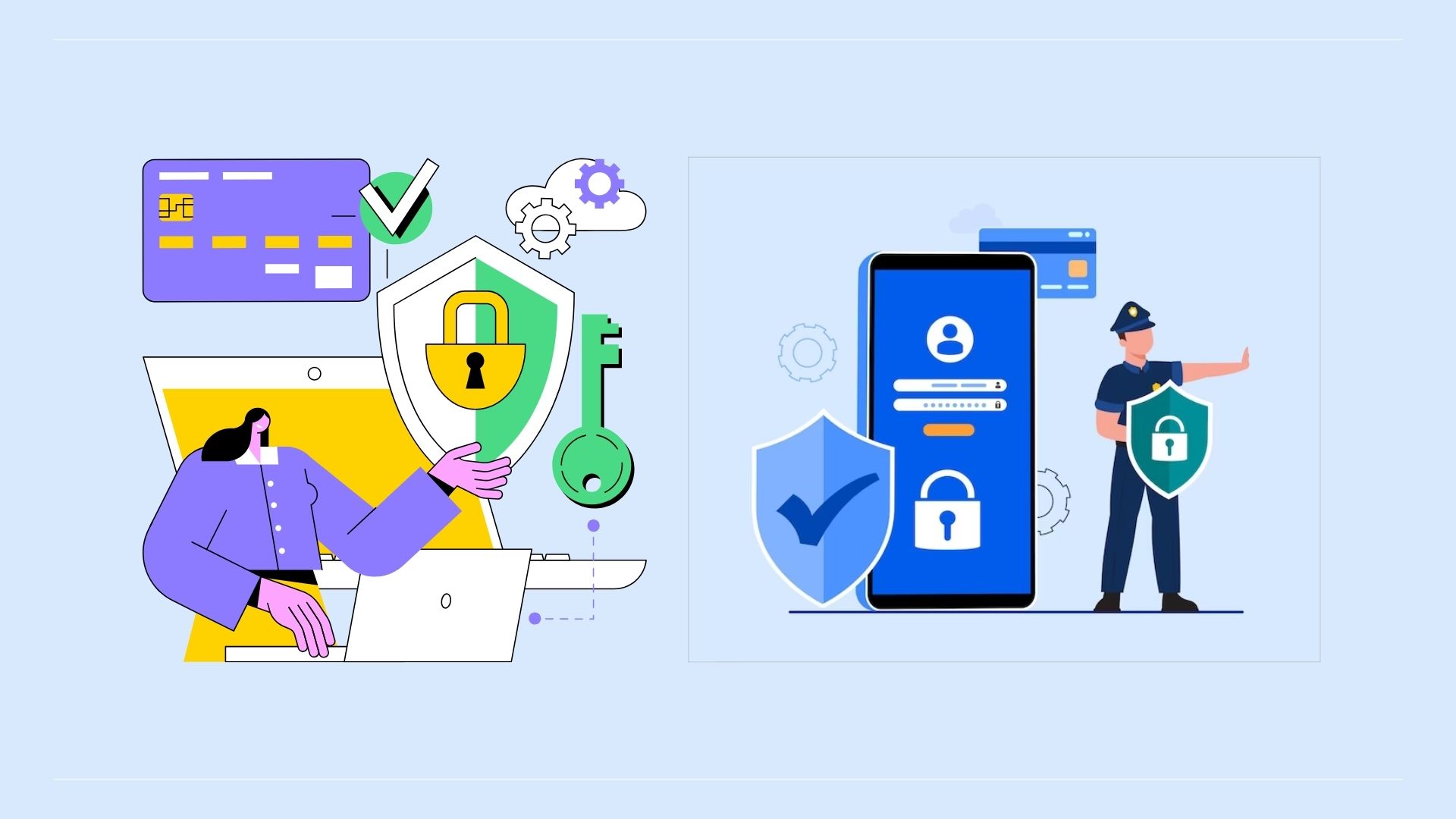Social Adds New Twist to Customer Service, Support
Remember when shopping meant driving to the nearest store and buying the product on the shelf? Consumers may still buy at that nearby store, but chances are they’ll hit the Web first to research prices and gather recommendations from Facebook friends. Similarly, if a product doesn’t work as intended, consumers may seek help through a call center, a company’s website or Twitter.
Consumers increasingly expect companies to provide a consistent user experience across all these channels, which will be a challenge as many companies keep their data, business processes and best practices in departmental silos.
Social channels like Facebook and Twitter are often managed by marketing “or worse yet outsourced to PR,” said Kate Leggett, a senior analyst at Forrester Research whose areas of expertise include CRM, social computing and customer support. Some companies manage these channels with what Leggett called an “interim organization that sits halfway between marketing and customer service.” This organization might perform community management duties but send actual support inquiries to the contact center. She likened this practice to the disjointed way many companies handled email when it first emerged as a support option a decade ago.
“Organizations need to proactively jump on the bandwagon to be able to implement social media channels. Many have done it in a very reactive way that is disconnected from the rest of customer support operations and infrastructure,” she said.
A new crop of startups like Assistly, which Salesforce.com purchased in 2011, are selling “social listening” technologies while vendors that have traditionally served the contact center market, like Avaya and Cisco, are incorporating social monitoring and response features into their products. Thanks in part to these products, Leggett said, “Channels are beginning to coalesce.”
Cisco Unified Contact Center Enterprise, for example, offers contact centers the ability for to integrate inbound and outbound voice applications with Internet applications such as real-time chat, Web collaboration and email. The idea, according to Cisco, is to allow agents to “support multiple interactions simultaneously regardless of which communications channel the customer has chosen.”
While contact centers were once little more than “a big, monolithic box that just handled incoming calls,” now agents handle customer requests via email, chat, social media and other channels, said John Hernandez, vice president and general manager of Cisco’s Customer Collaboration Business. Cisco wants to support emerging channels without creating new management hassles for companies.
“Feature-rich, distributed applications have added a lot of complexity. We’ve moved into trying to balance the best of both worlds, the simplicity of Big Iron with the feature-rich, distributed application set,” Hernandez said. “Our customers are looking for inbound call routing and analysis combined with multimedia tools like social or smartphone apps for consumers. They want an application platform where you can just turn on services based on what they’re trying to achieve. Putting those services into a network platform makes it so much easier.”
The greatest challenges to offering multi-channel customer support are not technical but organizational in nature, Hernandez said. Like Leggett, he stressed the importance of creating a more holistic view of customers. “Customer service, inside sales and marketing all have a role to play in multimedia customer experience, so they need to come together and understand the rules of engagement and rules of responsibility,” he said.
Social channels need to catch up to more traditional channels like the call center in process maturity and governance practices, Leggett said. And, she added, it will be difficult to create a holistic strategy unless all customer-facing channels report to the same management team. Creating a centralized customer experience team is an emerging best practice mentioned by Forrester analyst Harley Manning in a blog post on companies that had greatly improved their Customer Experience Index scores.
Social channels are important because not only can consumers use them to seek support, unhappy consumers can use them to publicly broadcast their displeasure. And both social channels and mobile devices – especially when used in combination — foster a consumer expectation for near real-time responses from support organizations, said Laura Bassett, Avaya’s director of Marketing, Emerging Products and Technologies.
Social channels, mobile devices and video capabilities will all likely converge in the near future, and companies must be prepared to offer support services encompassing all of these areas, Bassett said. For example, she said, consumers might use their smartphones to photograph a product, then post it on a social network and connect with a customer service agent for assistance.
Hernandez agreed that video is rapidly gaining momentum. Companies are exploring such uses as replacing or supplementing complicated written product directions with video, he said. Avaya and Cisco both are positioned to benefit from this trend by offering unified communications tools such as video chat with their contact center software. Agents can use these tools to communicate with customers or to confer with each other in real time to ensure customers quickly get relevant advice.
Both Hernandez and Bassett believe companies will find new ways to serve their customers. Some of these ways will involve putting a new twist on some of the most traditional customer service interactions. For instance, financial institutions could use video to connect customers at their branches to the experts best suited to help them.
“A high-end video unit at a branch can become a portal to any expert you need. You can use call center methodologies for routing and analysis to match up the appropriate experts with customer needs,” Hernandez said. “That can really expand business opportunities for the bank, and it’s a more strategic approach to customer care. It’s not just ‘OK, we’re waiting for people to call us.’”

Public relations, digital marketing, journalism, copywriting. I have done it all so I am able to communicate any information in a professional manner. Recent work includes creating compelling digital content, and applying SEO strategies to increase website performance. I am a skilled copy editor who can manage budgets and people.








